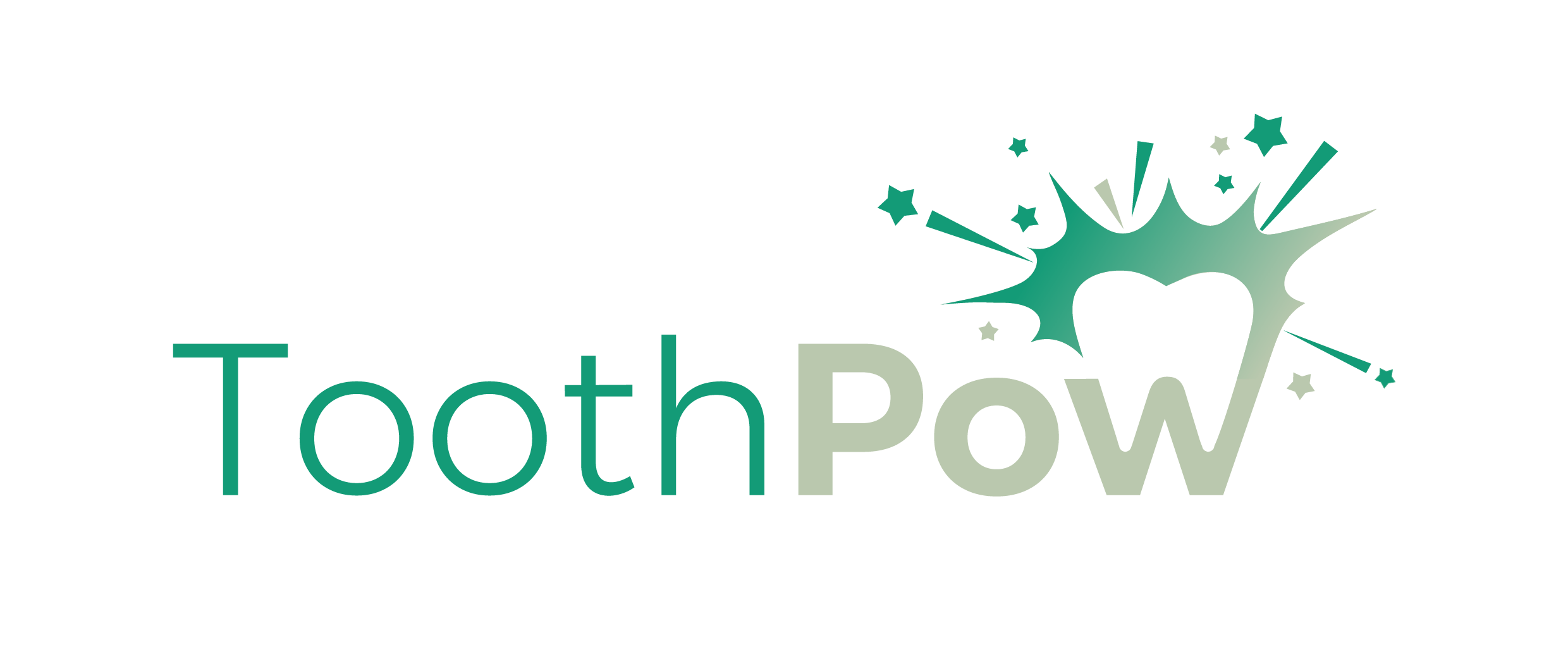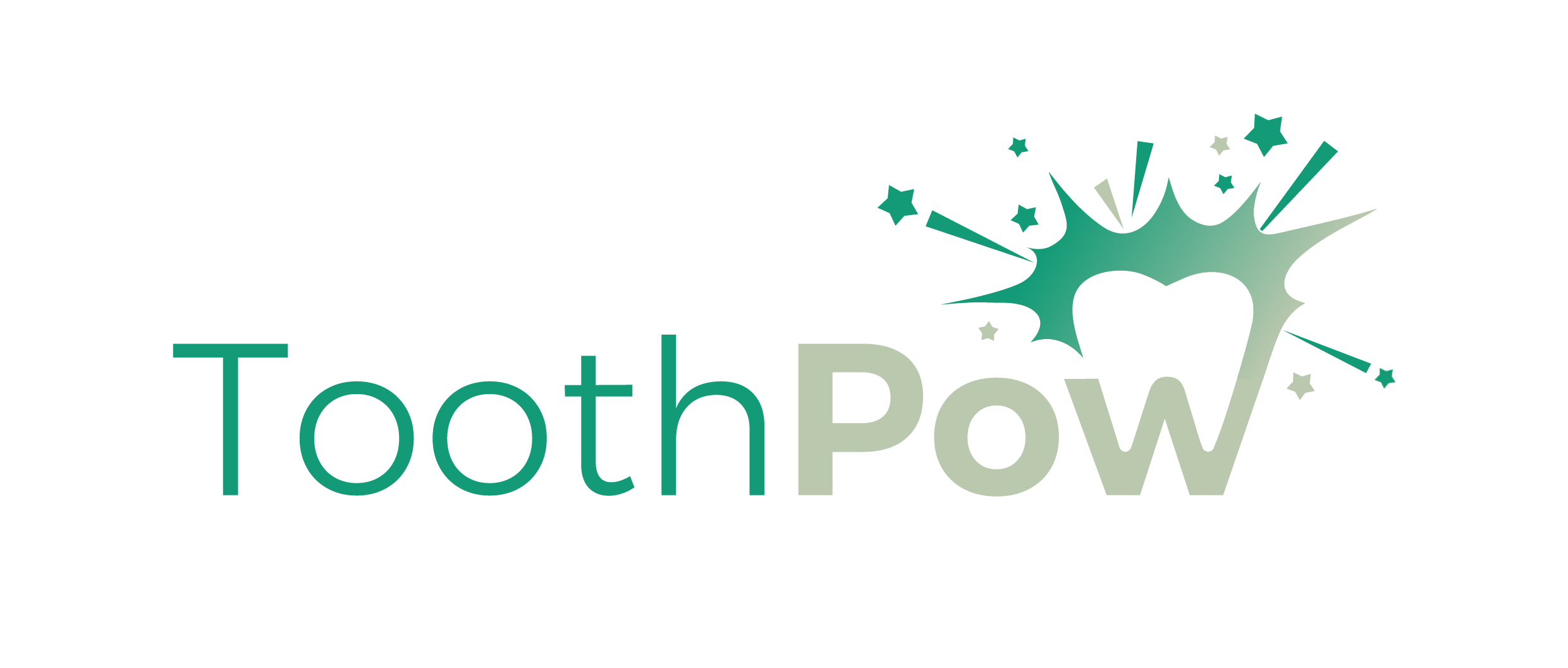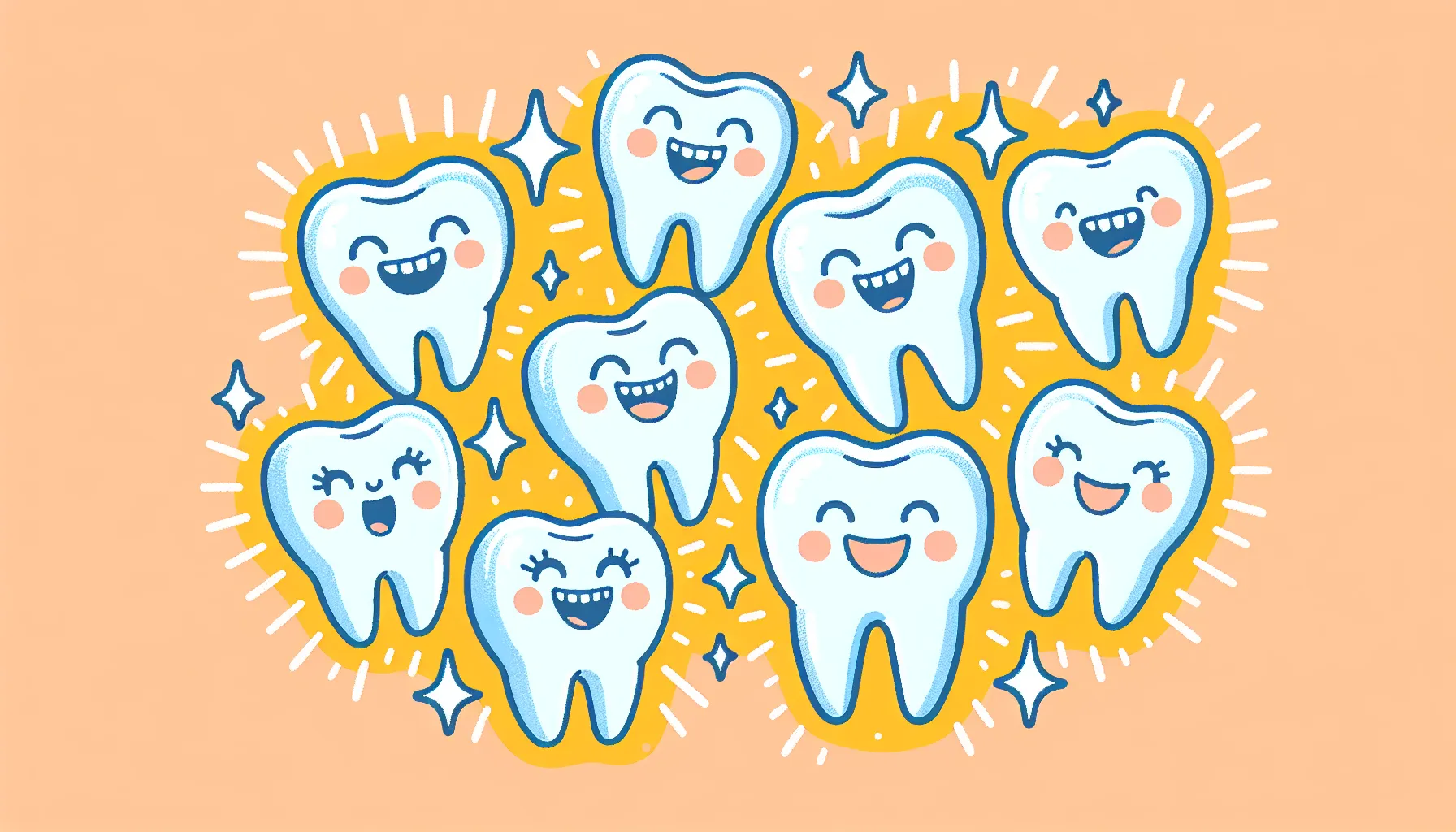Fluoride, Deconstructed: A Historical Overview
Fluoride is a common element found in numerous natural sources, including water, soil, and various foods. Historically lauded for its dental benefits, fluoride has been a staple in public health initiatives—especially in water fluoridation and dental care products. However, its presence is not without controversy. This section will explore the journey of fluoride from a dental health hero to a subject of public health debate.
Adoption of Fluoride: Fluoride's dental health benefits were first noted in the early 20th century when dentists observed that people with slight natural fluoride exposure had fewer cavities. This led to the widespread adoption of fluoride in community water systems to prevent tooth decay. In 1901, dentists discovered that patients in areas with naturally high fluoride levels had fewer cavities, although they often had dental fluorosis—a condition marked by mottled tooth enamel.
By the mid-20th century, fluoride was widely accepted and added to public water supplies in many regions, initiating a significant decline in dental caries (tooth decay) in the general population. The practice was hailed as a major public health success. However, as fluoride use increased, so did scrutiny and research into its potential health risks.
The term "fluorosis" was coined to describe the condition of stained and pitted enamel caused by excessive fluoride intake. Further research expanded our understanding of fluoride, revealing that while it can strengthen tooth enamel, it can also cause skeletal issues and other health problems when ingested in large amounts. These findings sparked a reevaluation of fluoride's role in public health, with ongoing debates about the balance between its benefits and risks.

Benefits of a Fluoride Detox: Enhancing Your Health by Reducing Exposure
Introduction: Reducing fluoride exposure is not only about mitigating risks—it can also significantly enhance your overall health. This section delves into the myriad benefits that accompany a decrease in fluoride levels within the body, highlighting why a fluoride detox might be essential for those exposed to high levels over time.
Key Health Benefits of Fluoride Detox:
-
Improved Bone Health:
-
Explanation: Reducing fluoride intake can alleviate symptoms associated with skeletal fluorosis, such as joint pain and stiffness, and potentially reverse damage to bones and joints.
-
-
Enhanced Neurological Health:
-
Explanation: Detoxing from fluoride may lower the risk of developing neurological issues and improve cognitive functions, given the compound's potential effects on the nervous system.
-
-
Optimized Thyroid Function:
-
Explanation: A fluoride detox can relieve the burden on the thyroid gland caused by fluoride, possibly enhancing metabolic functions and hormonal balance.
-
-
Aesthetic Dental Health:
-
Explanation: Decreasing fluoride consumption can prevent dental fluorosis in children, leading to healthier and more aesthetically pleasing teeth.
-
Conclusion: Undertaking a fluoride detox goes beyond avoiding the adverse effects of overexposure; it’s about restoring a healthier and more balanced state of being. Through modifications in water sources, dental care routines, and dietary choices, reducing fluoride intake can yield substantial health improvements.

How to Carry Out a Fluoride Detox
Practical Steps for Reducing Exposure
Introduction: Embarking on a fluoride detox involves more than just cutting out certain types of toothpaste or water; it's about making informed choices across various aspects of daily life. This section offers practical advice on how to reduce fluoride exposure effectively, ensuring that readers can take tangible steps towards a healthier lifestyle.
Practical Detoxification Strategies:
-
Choose Fluoride-Free Drinking Water:
-
Detail the importance of selecting water sources free from added fluoride. Discuss the types of water filtration systems that can remove fluoride, such as reverse osmosis or activated alumina filters.
-
-
Switch to Fluoride-Free Oral Care Products:
-
Highlight the benefits of using toothpastes and mouthwashes that do not contain fluoride. Provide examples of natural alternatives that not only avoid fluoride but also use ingredients that support oral health.
-
-
Adjust Your Diet to Limit Fluoride Intake:
-
Explain how certain foods and beverages might be high in fluoride, such as processed foods or tea leaves. Offer suggestions for dietary changes that can help minimize fluoride consumption.
-
-
Consider Fluoride Detox Supplements:
-
Discuss supplements that can aid in the detoxification process, like calcium, magnesium, and vitamin C, which are known to help reduce fluoride absorption and enhance its excretion from the body.
-
Conclusion: Implementing a fluoride detox is an empowering step towards taking control of your and your family’s health. By adopting these strategies, individuals can reduce their fluoride exposure, potentially alleviating the associated health risks.

Supporting Your Body's Natural Detox Pathways: Enhancing Fluoride Elimination
Introduction: While reducing new fluoride exposure is crucial, it's equally important to support your body's natural ability to eliminate existing fluoride. This section discusses strategies to enhance the body's detox pathways, helping to expedite the removal of fluoride accumulated over time.
Enhancing Natural Detoxification Processes:
-
Hydration and Electrolyte Balance:
-
Emphasize the role of staying well-hydrated in facilitating the excretion of fluoride through urine. Recommend maintaining a good balance of electrolytes, which can be disrupted by high fluoride levels, to support overall kidney health.
-
-
Liver Supportive Foods and Supplements:
-
The liver plays a key role in detoxifying chemicals and toxins from the body. Suggest incorporating liver-supportive foods such as leafy greens, beets, and cruciferous vegetables, and supplements like milk thistle to enhance liver function.
-
-
Incorporating Detoxifying Spices and Herbs:
-
Highlight herbs and spices known for their detoxification properties. Discuss how turmeric (containing curcumin), cilantro, and tamarind can aid in the elimination of fluoride by binding with it and facilitating its removal from the body.
-
-
Regular Physical Activity:
-
Outline how engaging in regular exercise can boost circulation and help in detox processes, including the elimination of toxins like fluoride through sweat.
-
Conclusion: Supporting your body's natural detoxification processes is a proactive approach to health that complements efforts to reduce fluoride intake. By following these guidelines, individuals can enhance their body's ability to detoxify naturally, leading to improved health and well-being.

Conclusion and Call to Action: Empowering Steps Toward a Fluoride-Free Lifestyle
As we conclude this guide on detoxifying fluoride from your body, it's important to reflect on the significant benefits of reducing fluoride exposure and supporting your body's natural detox pathways. This final section will summarize the key insights shared and motivate readers to take actionable steps toward a healthier, fluoride-free life.
Summarizing Key Insights:
-
Recap the potential health risks associated with excessive fluoride exposure, including dental and skeletal fluorosis, thyroid dysfunction, and neurological issues.
-
Highlight the benefits of undergoing a fluoride detox, such as improved bone health, enhanced neurological function, and optimized thyroid health.
-
Emphasize the importance of supporting the body's natural detox pathways through proper hydration, diet, and lifestyle choices.
Call to Action:
-
Evaluate Your Fluoride Exposure:
-
Encourage readers to assess their current fluoride intake from all sources, including drinking water, dental products, and food.
-
-
Make Informed Choices:
-
Urge readers to consider switching to fluoride-free alternatives in oral care and water consumption to minimize their fluoride intake.
-
-
Adopt a Supportive Lifestyle:
-
Suggest lifestyle changes that enhance the body’s detox capabilities, such as incorporating detoxifying foods, staying hydrated, and maintaining physical activity.
-
-
Stay Informed and Engaged:
-
Invite readers to continue learning about the impact of fluoride and other environmental factors on health by following your blog, subscribing to newsletters, or attending informational sessions.
-
Conclusion: Taking control of your fluoride exposure is a crucial step toward safeguarding your health. By making informed decisions and adopting a holistic approach to detox, you can significantly enhance your well-being and reduce potential health risks. Start your journey towards a fluoride-free lifestyle today and experience the profound health benefits that come with it.


